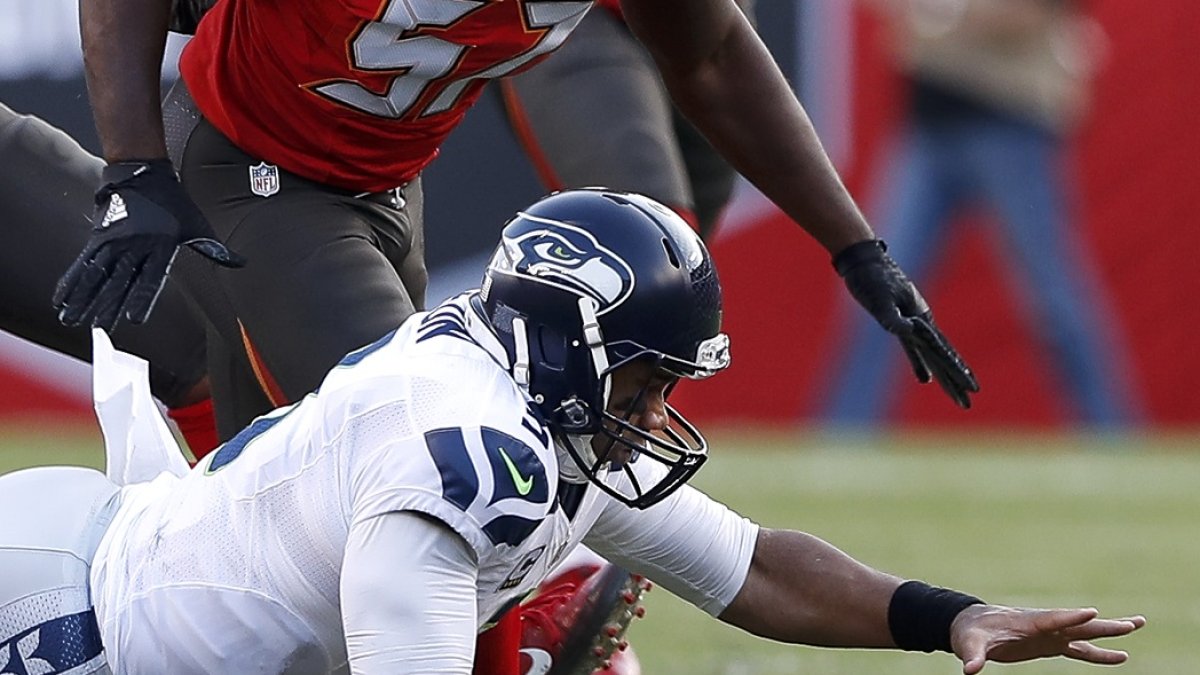Last week, I did some upfront research on how many miles teams have traveled each season since 2009. That should open the floodgates for a number of other studies to determine whether travel creates fatigue for players that manifests itself in their fantasy production. I decided to start with what I perceived to be the easiest one of those, which is first- and second-half splits.
My theory on travel has centered on the idea of accumulated fatigue. One cross-country trip might not be more draining than a regional flight, but a player who continually makes cross-country trips could reasonably be expected to become worn down by them to a different degree than a player who typically stays on his side of the country. If that is the case, I believe it should show up in declining performance for the former player over the second half of the season. For a quarterback, accumulated fatigue could lead to mental mistakes that decrease his completion percentage and increase his interceptions, or it could lead to physical impairment. And no doubt a quarterback who cannot throw as hard or run as fast would perform worse than he would at peak fitness.
Since this research looks at performance trends over the full season, I chose not to rely on the weighted average method I’ve used in many of these previous articles. That mathematical approach is a simple way to lessen the statistical impact of players with smaller samples, but in this case, we don’t want them to have any impact. If you aren’t playing the full season, then you aren’t accumulating fatigue in the same way as every-week players. As such, I ran straight averages in the first and second half for quarterbacks, but only if they played at least 14 games in a season prior to Week 17.
I threw out Week 17 because teams’ motivations can be spotty depending on their playoff possibilities, and often enough they will give their quarterbacks the preseason treatment of a drive or two and then the bench. That would skew the per-game rates I’m testing, and since Week 17 is after most fantasy league playoffs, it seemed prudent to exclude it.
Before I even got to the results, I saw some evidence of the impact of fatigue. It occurred to me that all quarterbacks might see their numbers decline from the first to the second half. After all, everyone is traveling at least a few hundred miles per week, not to mention the accumulation of hits and overwork. And when I ran those league-average splits, I found that to be the case. From the first to the second half, quarterbacks lose close to a percent of their completion percentage and about 10 passing yards per game. They also throw touchdowns a little less often and interceptions a little more often.
| First/Second Half Splits, League-Average QB | |||
| dComp% | dYards / G | dTD / G | dINT / G |
| -0.8% | -10.3 | -0.008 | 0.031 |
So rather than reporting players’ raw differences in statistics from the first and second half, I subtracted the league averages from them. That should isolate the issue at hand of whether additional travel creates additional fatigue.
In all, I tested 164 quarterback-seasons from 2009 to 2016 by running correlations of the average miles traveled per week to the change in their various passing statistics from the first and second half. It turns out those correlations were very weak.
| Correlations with Miles Traveled Per Week | |||
| dComp% | dYards / G | dTD / G | dINT / G |
| 0.05 | 0.01 | 0.08 | -0.08 |
Correlation coefficients range from -1.00 to +1.00, and the closer they get to either extreme, the more correlation strength they show. These correlations are all very close to 0.00. That suggests that overall mileage traveled does lead to decreased passing production in the second half, and in fact, the direction — whether they are positive or negative — of those correlations are the opposite of my expectations. More miles traveled increases completion percentage and yards and touchdowns per game and decreases interceptions per game. The weakness of those correlations means you can safely ignore that trend, but it is another nail in the coffin of my accumulated travel theory.
Still, I’m not disheartened. There remain many avenues of travel-related research for me to explore.



 © 2025 PFF - all rights reserved.
© 2025 PFF - all rights reserved.